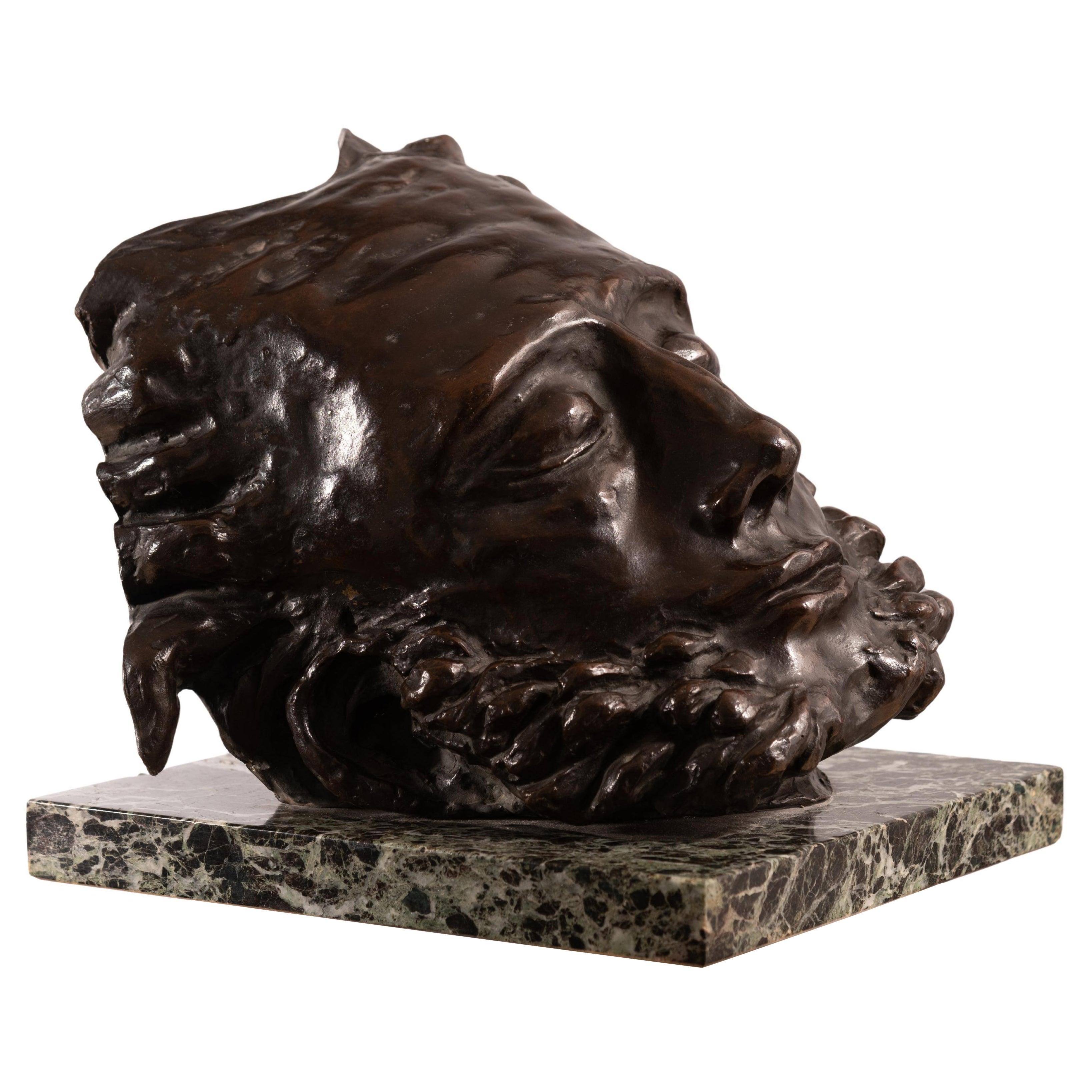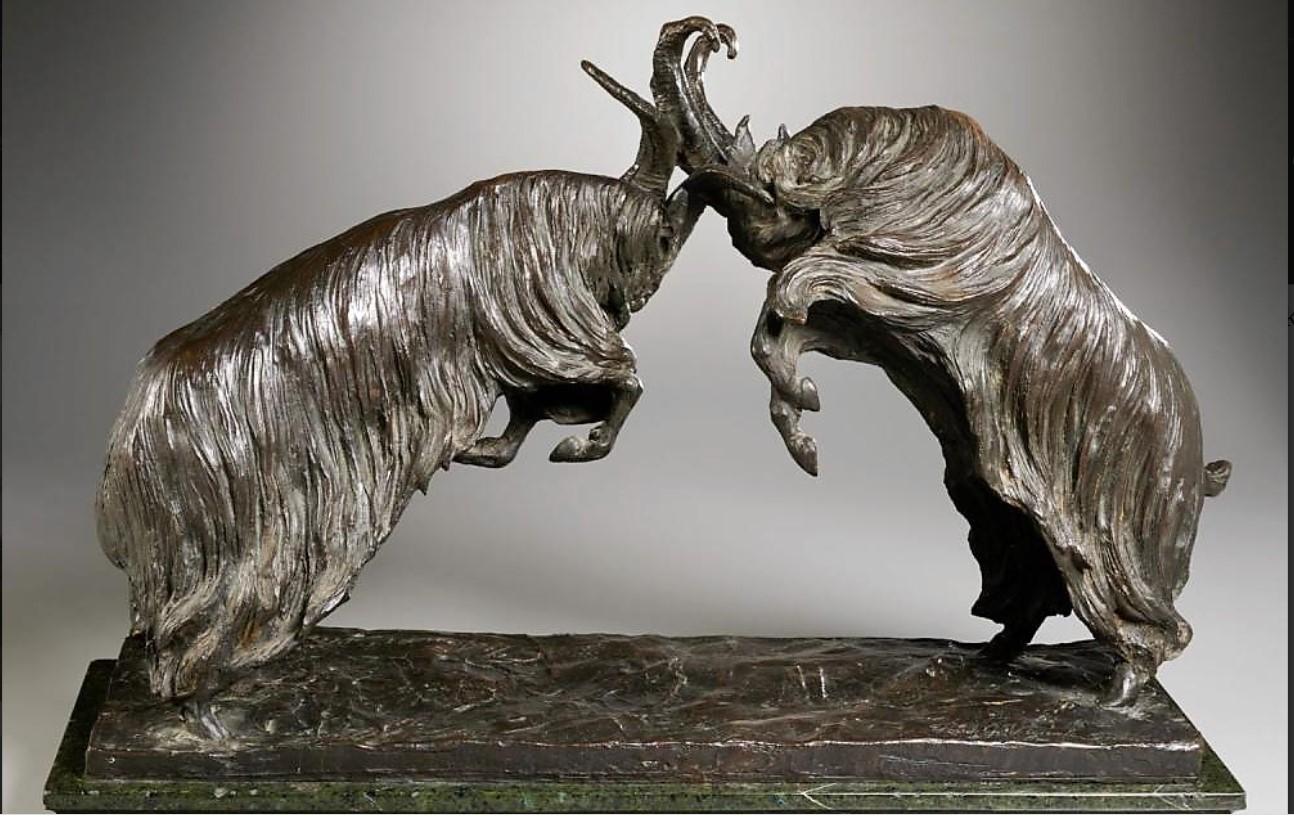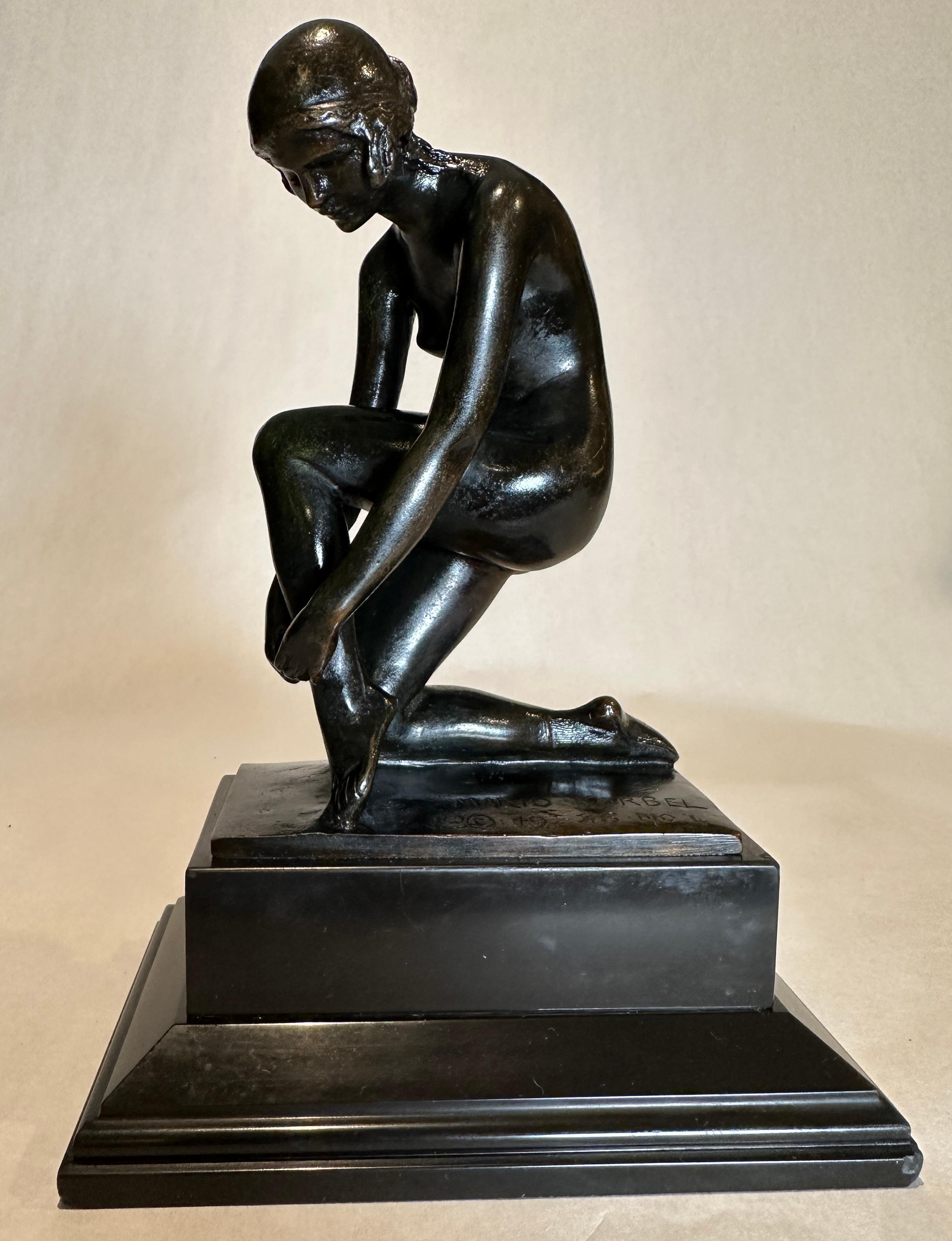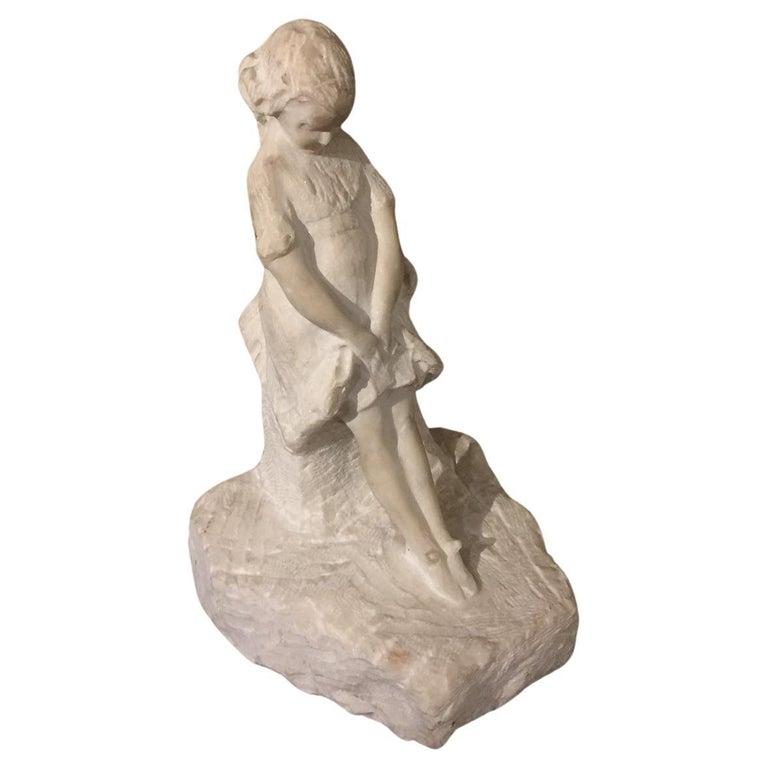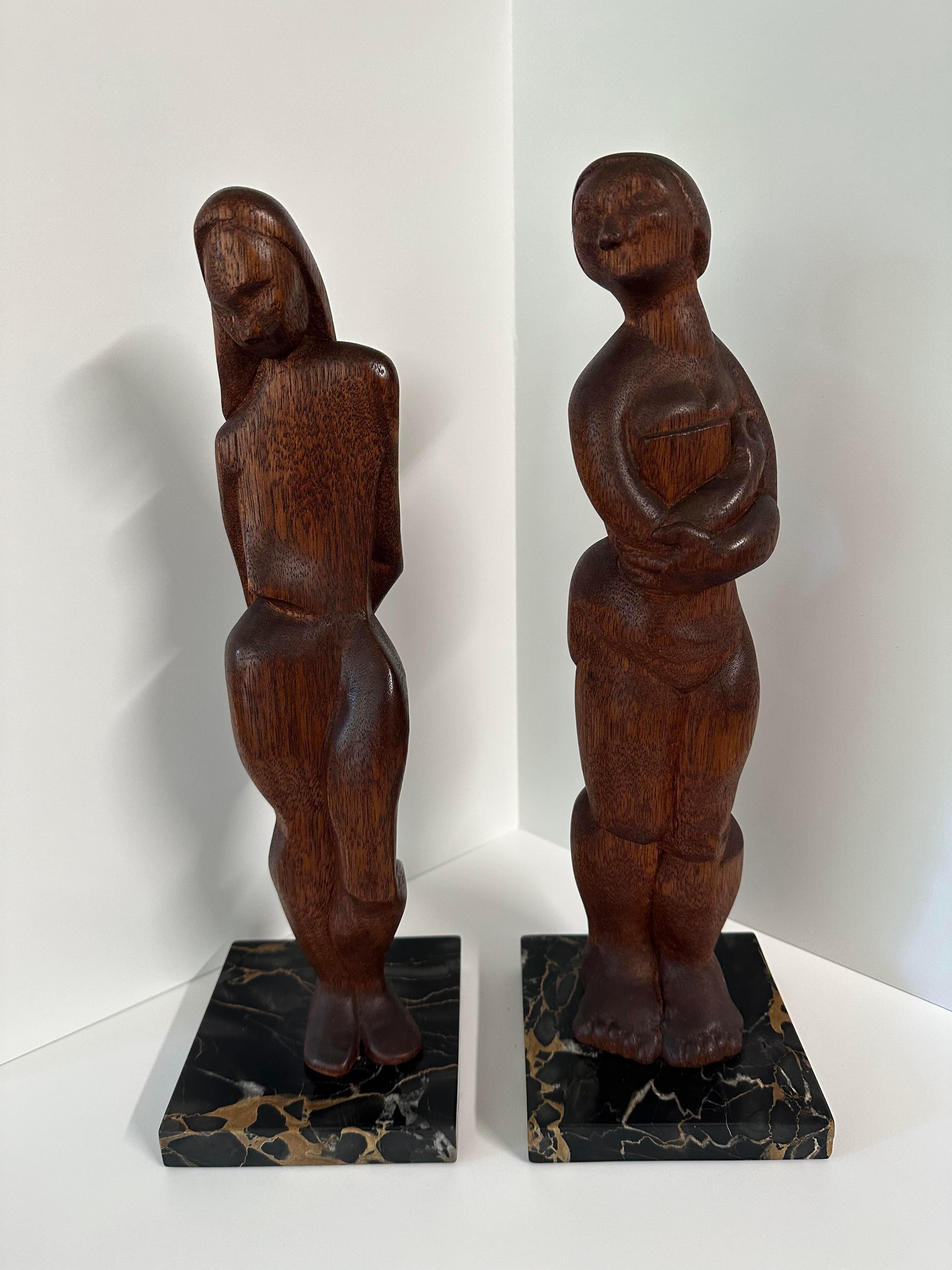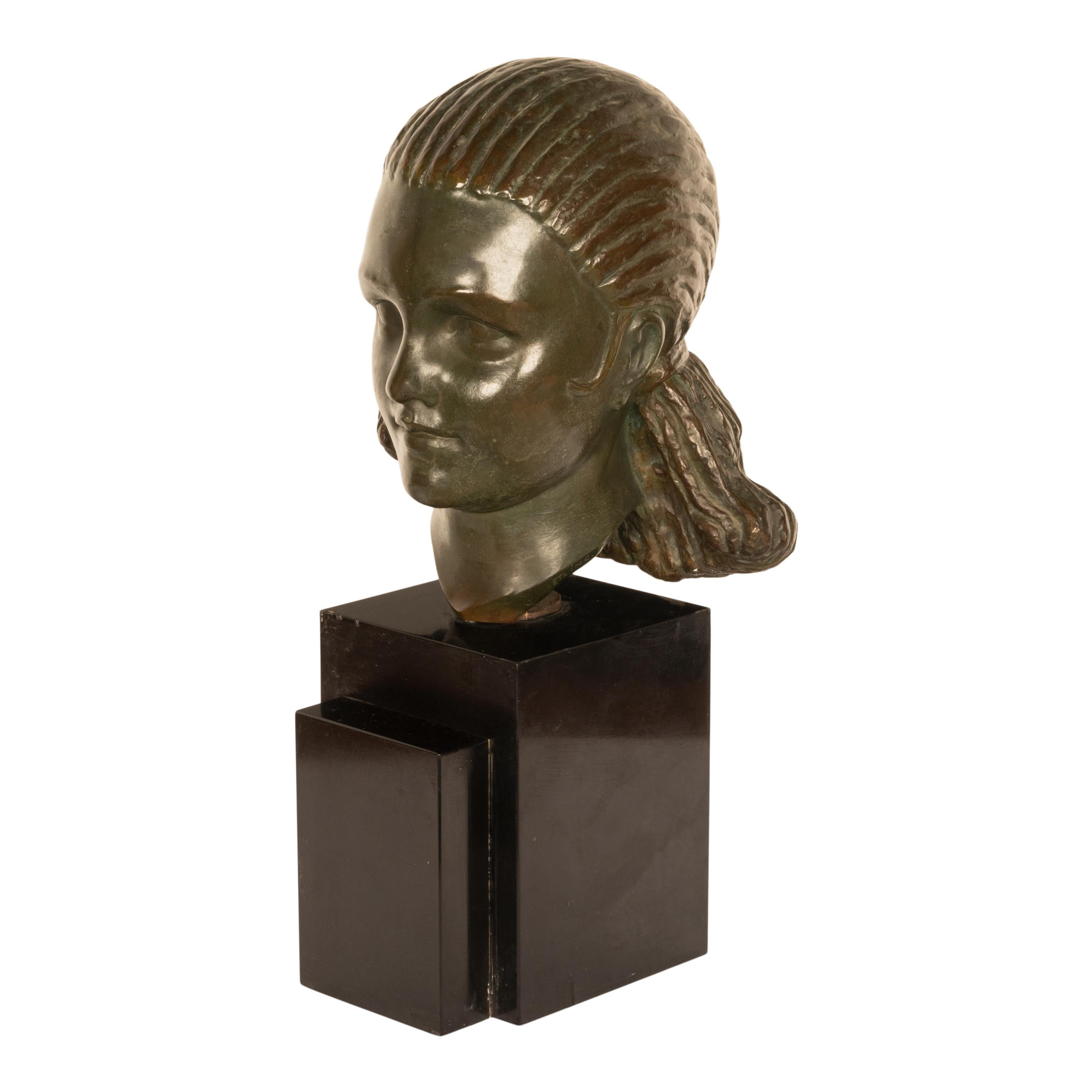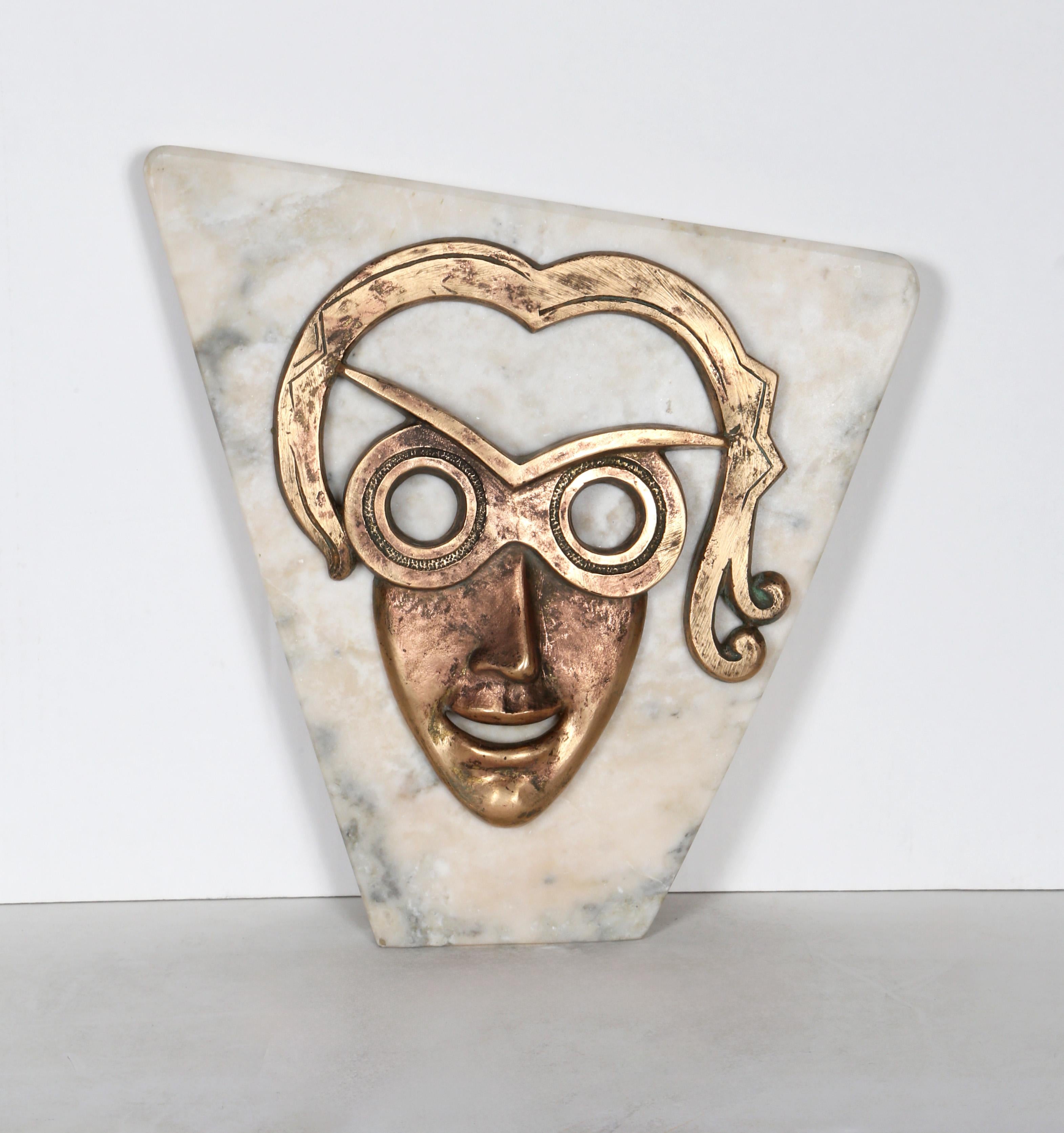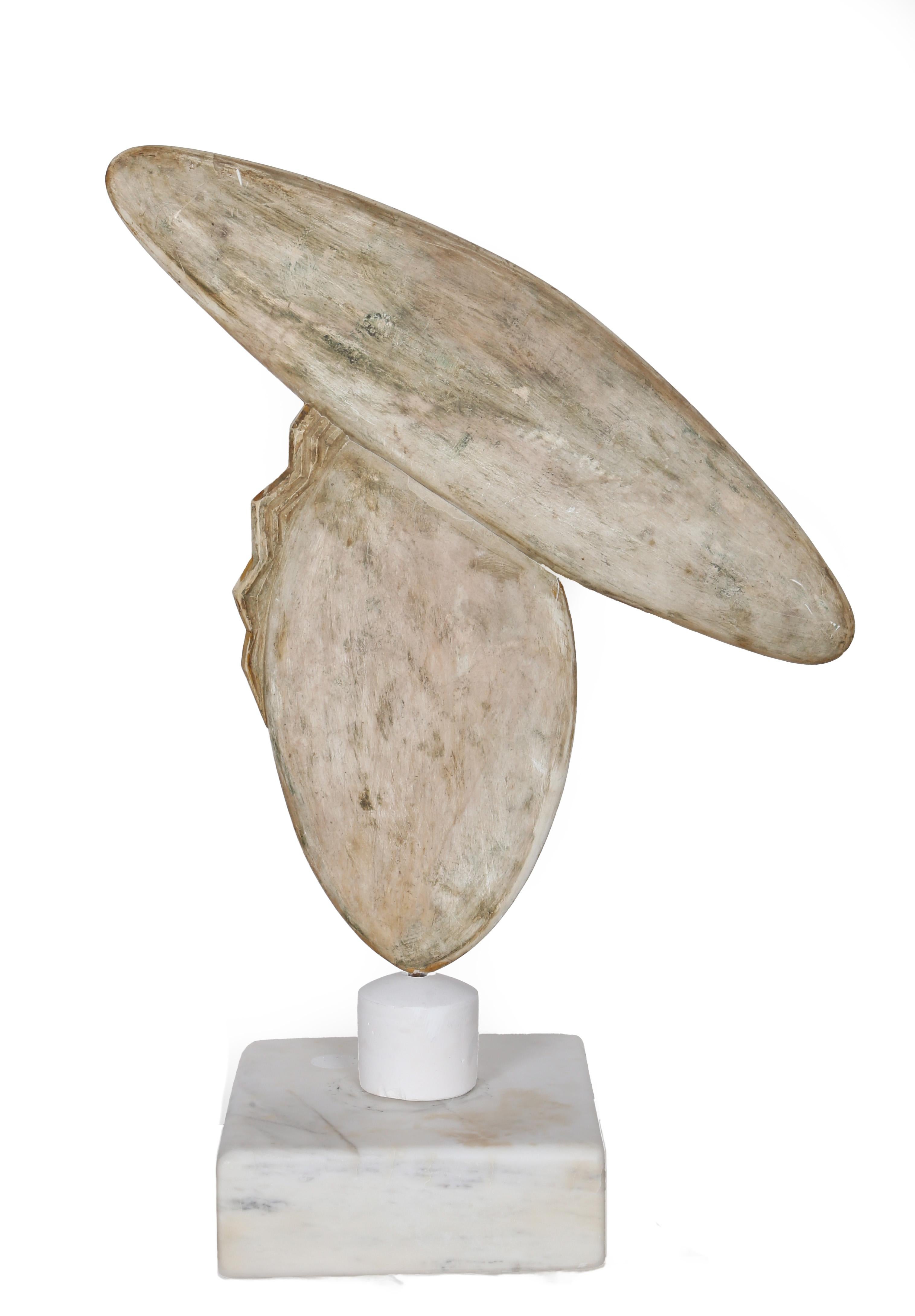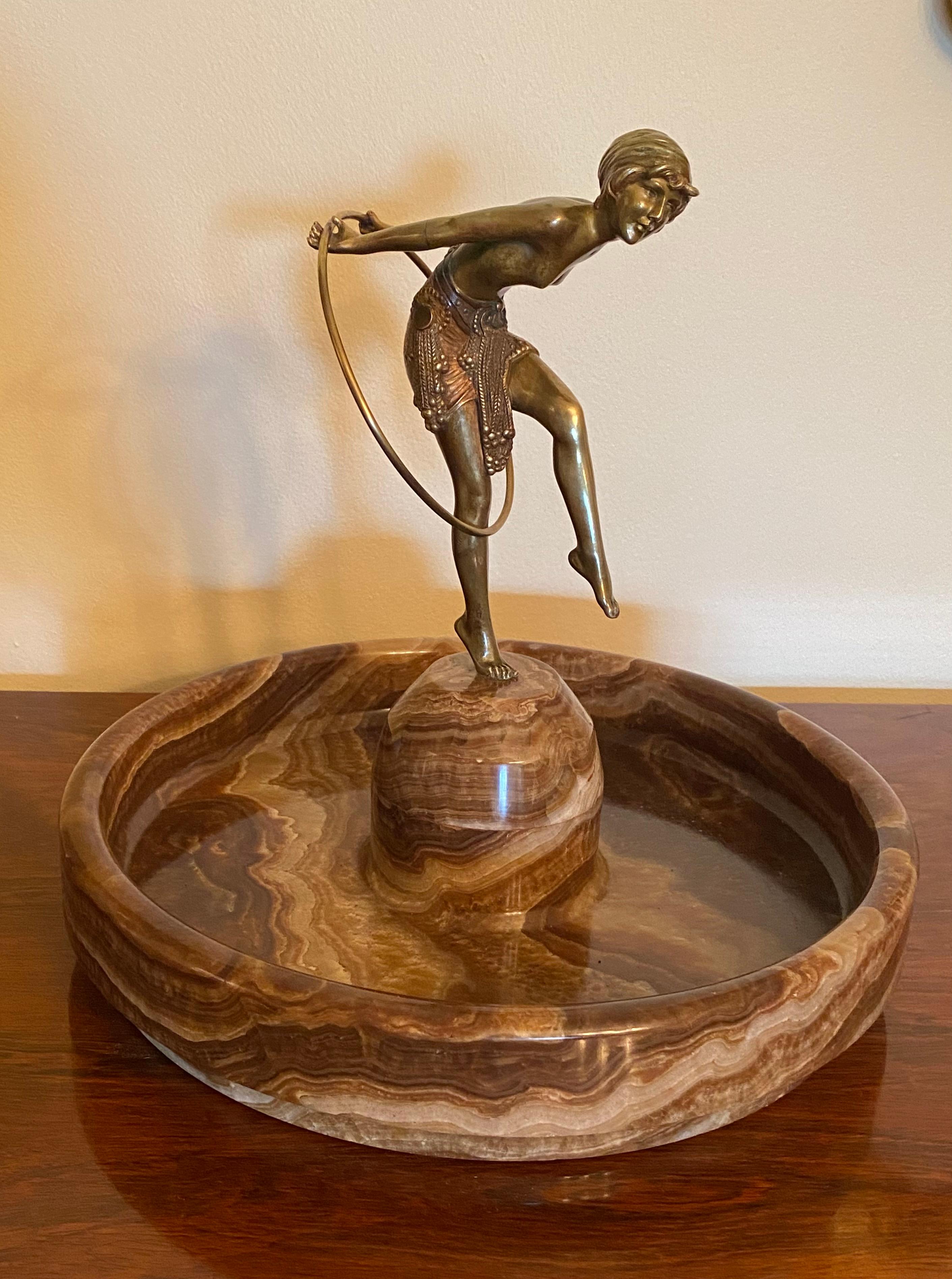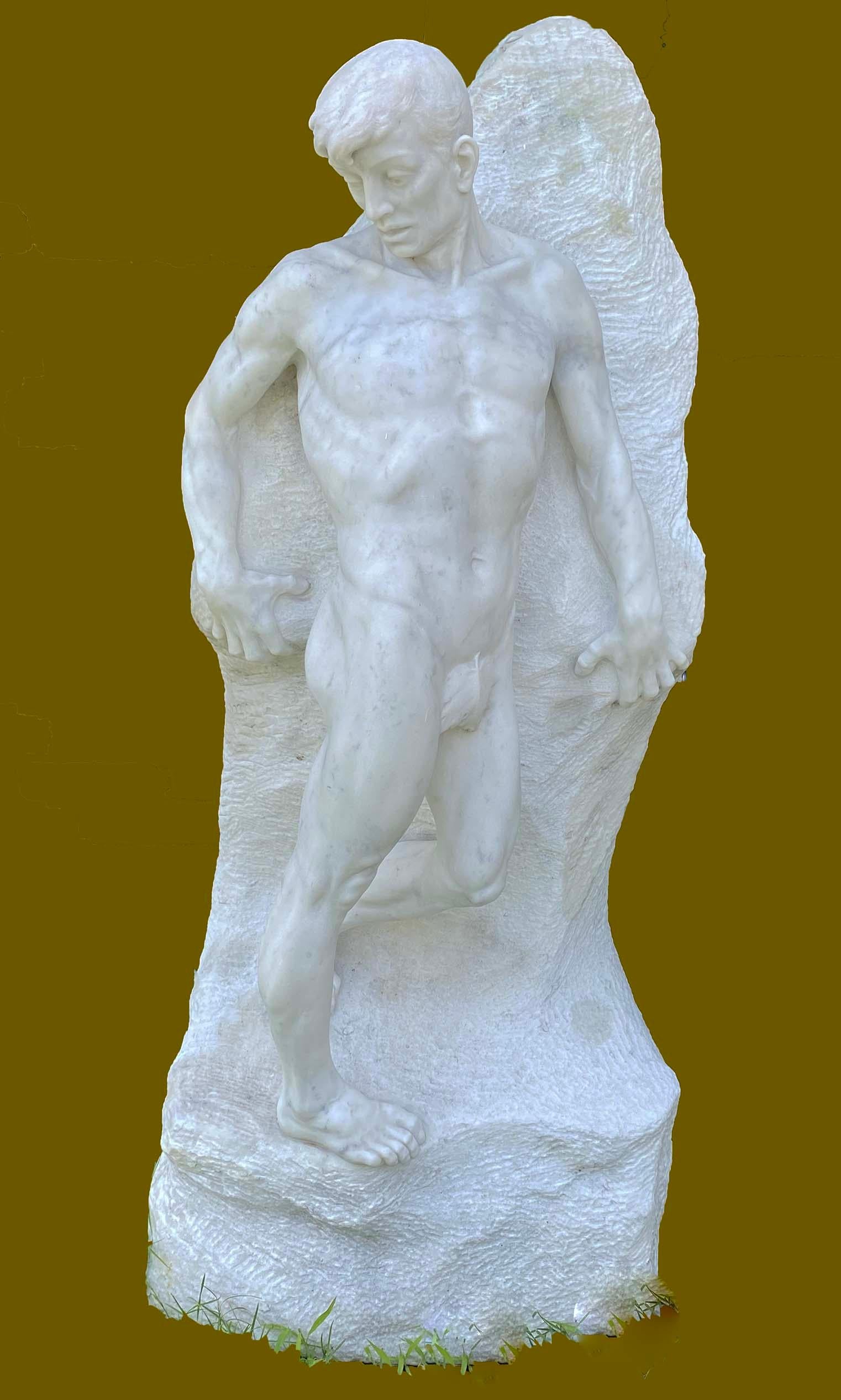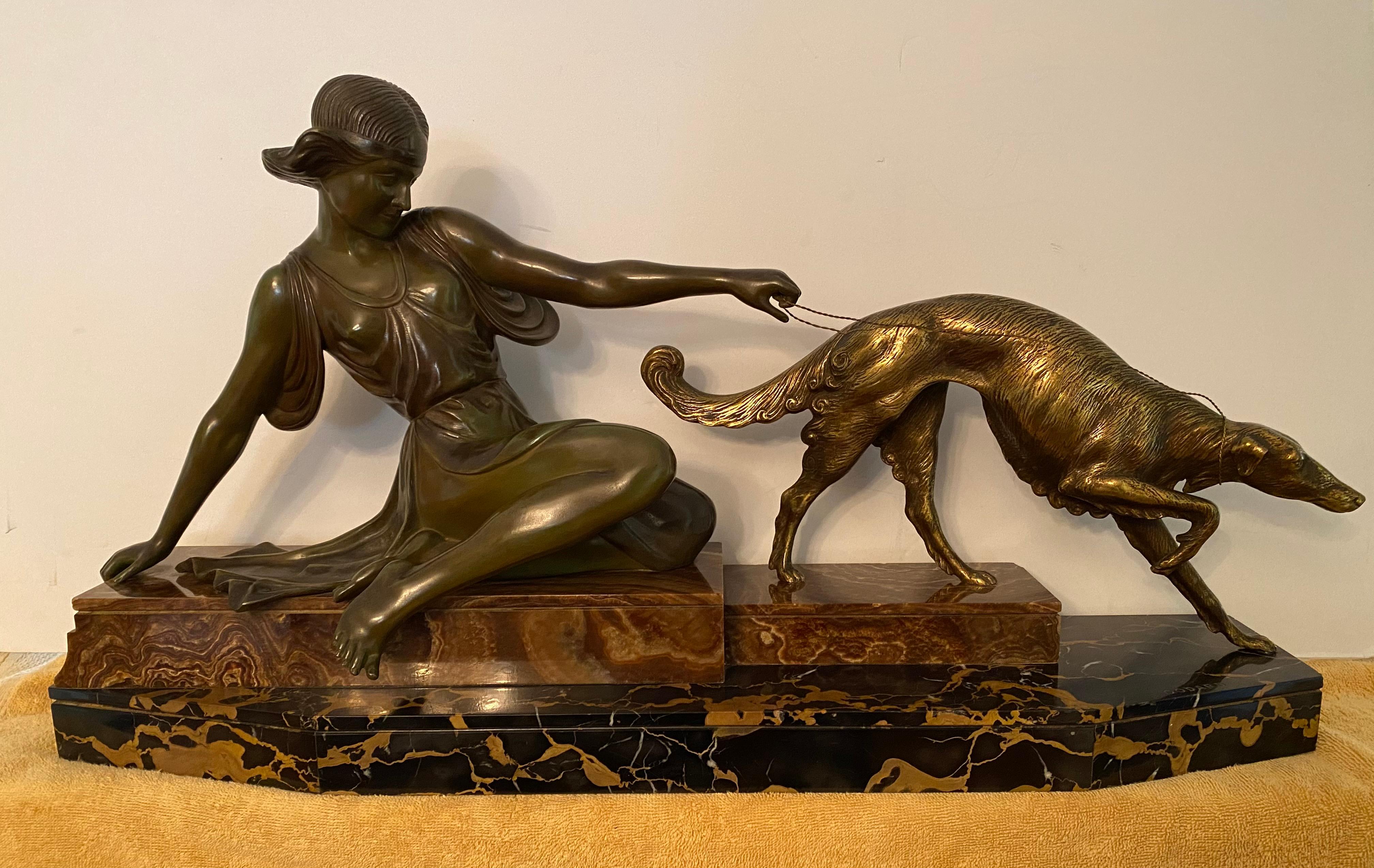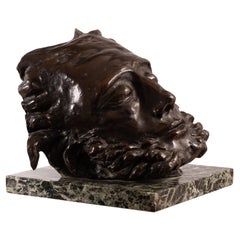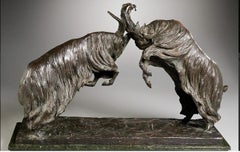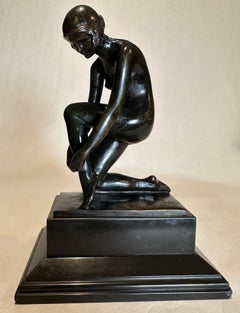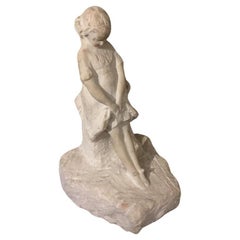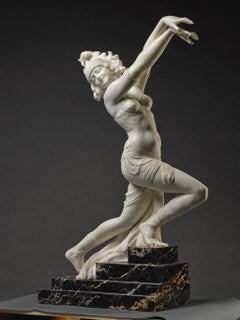
An Oriental Dancer
View Similar Items
1 of 4
Dante ZoiAn Oriental Dancer1919
1919
$65,236.35List Price
About the Item
Authenticity Guarantee
In the unlikely event there’s an issue with an item’s authenticity, contact us within 1 year for a full refund. DetailsMoney-Back Guarantee
If your item is not as described, is damaged in transit, or does not arrive, contact us within 7 days for a full refund. Details24-Hour Cancellation
You have a 24-hour grace period in which to reconsider your purchase, with no questions asked.Vetted Professional Sellers
Our world-class sellers must adhere to strict standards for service and quality, maintaining the integrity of our listings.Price-Match Guarantee
If you find that a seller listed the same item for a lower price elsewhere, we’ll match it.Trusted Global Delivery
Our best-in-class carrier network provides specialized shipping options worldwide, including custom delivery.You May Also Like
1920s Italian Signed Bronze Sculpture
By Elisabetta Mayo D’Aloisio
Located in Roma, IT
Bronze on a marble base It bears Mayo's signature.
Trademark Fondart - Lagana Napoli.
“Of the first sculpture, a group of highly vigorous original artistry, all that remains is Ada...
Category
Early 20th Century Art Deco Figurative Sculptures
Materials
Marble, Bronze
Italian Animal Bronze : Battling Rams by Sirio Tofanari
Located in Gent, VOV
A very rare bronze cast of two battling Rams, by Sirio Tofanari (1886-1969). An old cast with a dark brown shaded patina. On a heavy green marble steppe...
Category
1930s Art Deco Figurative Sculptures
Materials
Marble, Bronze
Kneeling Female Nude, Bronze By Mario Korbel
Located in Norwood, NJ
Joseph Mario Korbel (Czech/American, 1882-1954). Period fine example bronze, dark brown patina, modeled as a nude female kneeling and tying her sandal, raised on a stepped black marb...
Category
Early 20th Century Art Deco Figurative Sculptures
Materials
Marble, Bronze
Girl in White Marble Italian 1920's Art Deco Sculpture by Prendoni Attilio
Located in Milano, IT
Prendoni Attilio Sculpture of Girl Child in Carrara Marble Biaco signed on the molded plinth, depicts a young girl with her hair gathered by a bow, a maiden with a shy attitude as in...
Category
Early 20th Century Art Deco Figurative Sculptures
Materials
Marble
Pair Art Deco Female Nude wood marble sculptures attributed to Ferdinand Parpan
By Ferdinand Parpan
Located in Brooklyn, NY
This exquisite pair of Art Deco wood sculptures attributed to Ferdinand Parpan features elegantly stylized nudes, masterfully carved with smooth, ...
Category
1930s Art Deco Nude Sculptures
Materials
Marble
Antique French Art Deco Bronze Bust Sculpture Head of Beautiful Young Girl 1920
By Marcel-André Bouraine
Located in Portland, OR
Antique French Art Deco Bronze bust sculpture of a beautiful young woman, by Marcel Andre Bouraine (1886-1948), and cast by the Etling foundry, Paris, circa 1920.
The bronze depicts...
Category
1920s Art Deco Figurative Sculptures
Materials
Marble, Bronze
Recently Viewed
View AllMore Ways To Browse
Canada Sculpture
Geometric Wood Sculpture
Interactive Sculpture
Large Geometric Sculpture
Feminine Sculpture
Gold Penguin
Giant Pop Art Sculpture
Glass Balloon Sculpture
Fritz Indian
Granite Outdoor Sculptures
Shona Stone Sculpture Zimbabwe
Garden Totem
Glass Bag Sculpture
Gold Rat
Gold Giraffe Sculpture
Glass Sculpture Chihuly
Gold Raven
Funhouse Mirror
